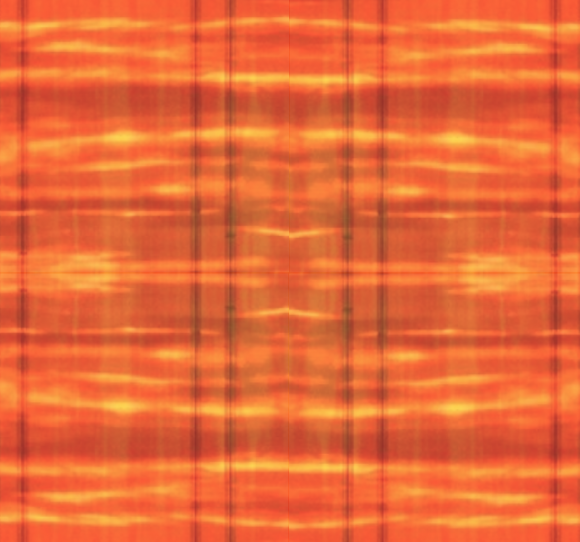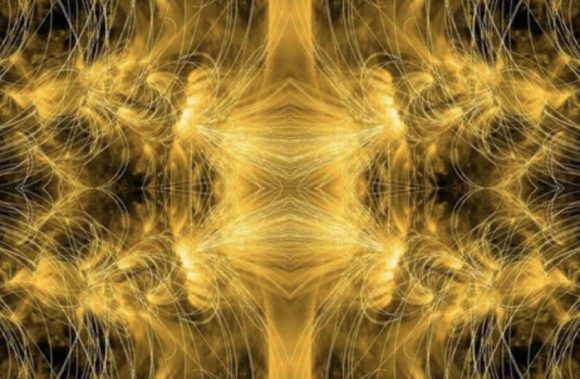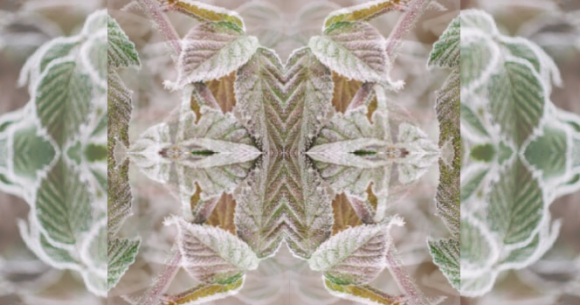It’s not exactly easy to figure out, from the synchronicities essay, what Jung’s conclusion regarding synchronicity actually was. Most likely, he didn’t really arrive at one.
In the text itself, there is a bit of a fuzzy overlay of two main viewpoints. One is a metaphysical notion of a “psychoid” background layer behind both the physical and psychic worlds, which both reflect that layer without explicitly being causally controlled by it (this is sometimes called “double aspect view” today, and occasionally vaguely associated with a Spinozan metaphysics). The other, of course, is his insistence that parapsychological phenomena occur and can be objectively observed, and the long digression into his own personal statistical experimentation with astrology. From the first viewpoint, the idea of synchronicity is mostly a trigger for some metaphysical speculation — interesting, though lacking in rigor; from the second, there is a faulty line of argument which first declares parapsychological notions the paradigmatic case of synchronicity, and then casually identifies these two notions altogether, all the while (improbably) claiming scientific respectability for them.
Which of these two did have more weight in Jung’s opinion? It may be instructive to look at those passages in his later works where he refers to the synchronicities theme, and see what he summarizes as the main findings.

In his late work, in the 1950s, Jung used the term ‘synchronicity’ practically synonymous with that of parapsychological phenomena. He routinely cites the Rhine experiments, usually combined with the claim that these would “beyond reasonable doubt” and “scientifically” prove the occurrence of parapsychological phenomena (particularly, telepathy).
Here is a case in point, from a publication where he comments on the widely discussed “UFO” phenomenon:
autonomous psychic entities [i.e., archetypes], [are] capable of making qualitative statements which manifest themselves in a priori patterns of order. These patterns include not only causally explicable phenomena like dream-symbols and such, but remarkable relativizations of time and space which simply cannot be explained causally. They are the parapsychological phenomena which I have summed up under the term “synchronicity” and which have been statistically investigated by Rhine. The positive results of his experiments elevate these phenomena to the rank of undeniable facts.
Jung, Flying Saucers, 121.
But this claim cannot be in good faith. The Rhine experiments, even when they were originally conducted in the 1930s, were at best accepted as a possibility (not as conclusive) by a part (not a majority) of the scientific community. It is correct that there was a debate about Rhine’s use of statistical methods which turned out in his favor; but this only means that his experimental approach was validated: it was still required that his results were reproducible — and they weren’t. Rhine’s original experiments had flaws which apparently produced positive results, but when the flaws were corrected, the results disappeared. At the time of Jung’s statements (in the 1940s and 50s), nobody thought that there had been conclusive proof of anything, and only a tiny minority of the scientific community considered the matter even worthy of further pursuit. Yet Jung obstinately repeated his claims of “irrefutable” empirical verification. So he must either have stopped following the development of scientific consensus or else deliberately ignored it when he wrote and published them.
Clearly, Jung had hoped for parapsychology to develop into an accepted, albeit primarily statistical, scientific theory analogous to quantum theory in modern physics. (But he refused to drop the idea even when it became clear that it wouldn’t work out.) Likewise, he must have hoped to develop one of his ideas — that space and time became “relative”, i.e. ceased to have effect, in the context of certain archetypal psychological phenomena — in analogy to contemporary physics (in this case, the theory of relativity). But again, there was no substance to the analogy: just the use of the same word, “relative”, in both contexts. After a few critical questions from Pauli, Jung dropped the idea of such an analogy (he told Pauli in a letter that ‘relative’ is “just a word”) — though not the idea of “relative time and space”, which he continued to include in his published work (always, however, simply as a bald statement, without explication):
Whatever the reality of the psyche may be, it seems to coincide with the reality of life and at the same time to have a connection with the formal laws governing the inorganic world. For the psyche has yet another property which most of us would rather not admit, namely, that peculiar factor which relativizes space and time, and is now the object of intensive parapsychological research.
Jung, Flying Saucers, 44.
We have to be clear that none of this follows directly from Jung’s definition of synchronicities as “meaningful coincidences”. That is a far wider idea; and it would remain an interesting idea even without the additional thesis (GW VIII, §840) that parapsychological phenomena are an instance of it (let alone its paradigmatic instance). In fact, that thesis rests on an invalid argument (a fallacy of equivocation). But it is telling that Jung, in his later work, virtually exclusively talks about this alleged instance of synchronicities, rather than about the broader idea. For the later Jung, it seems, the notion of synchronicity was often little more than a terminological construct designed for talking (pseudo-)scientifically about parapsychology.
To summarize, then: there is not much that we can take from Jung’s later comments on synchronicity in order to expand on the idea itself, once we remove the unfortunate focus and preoccupation with parapsychological notions.



